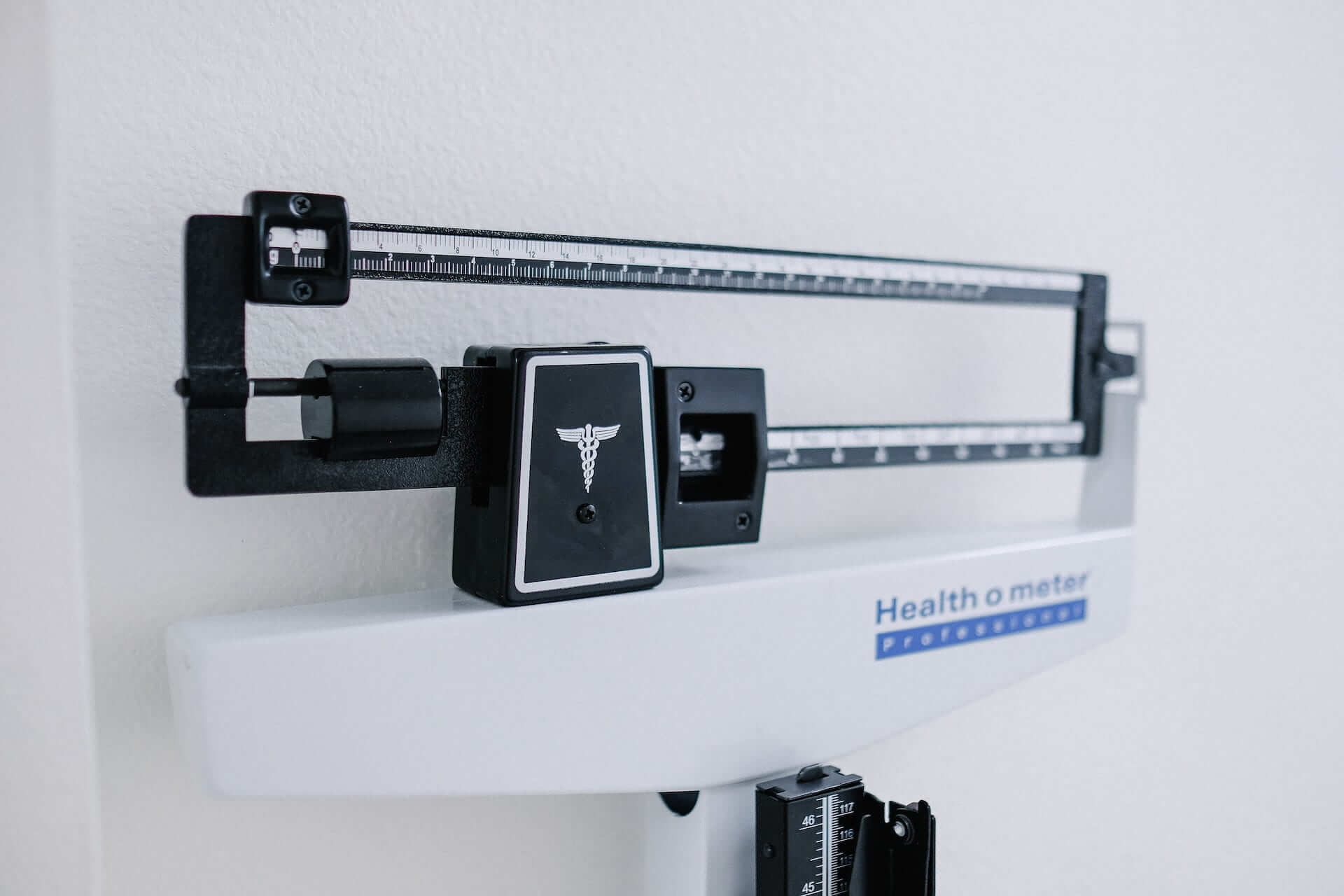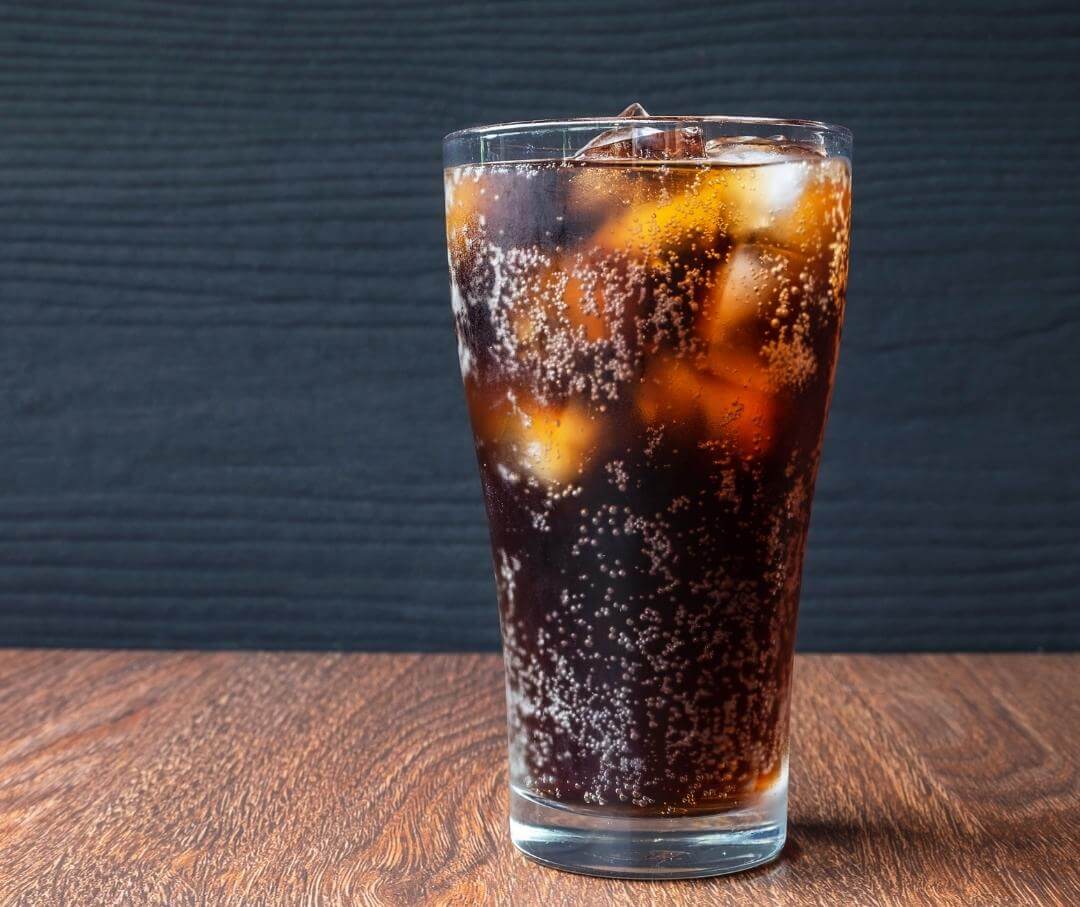Portion control is a crucial aspect of any successful weight loss journey. Rather than focusing solely on what you eat, like many diets, paying attention to how much you consume plays a pivotal role in achieving and maintaining a healthy weight. By moderating portion sizes, individuals can manage their calorie intake more effectively, preventing overeating and promoting a balanced diet. This practice not only aids in shedding excess pounds but also fosters a sustainable approach to nutrition. By becoming mindful of portion sizes, one can enjoy a variety of foods without feeling deprived, making it easier to adhere to a long-term, healthy lifestyle.
{{mid-cta}}
What is Portion Size?
Portion size refers to the specific measurement of a particular food or drink that an individual consumes during a meal or snack. It is a standardized measure used to express the amount of food, often in terms of volume, weight, or units. It can be helpful to compare portion sizes of various foods to several common household or otherwise handy objects for easy reference.
Take a look at the examples of portion sizes below:1
- The portion size of an average apple is the size of a baseball.
- The portion size of an average potato is the size of a computer mouse.
- The portion size of a bagel is the size of a hockey puck.
- The portion size of processed snack foods is a cupped handful.
- The portion size of cheese is the size of your thumb.
- The portion size of pasta is the size of one ice cream scoop.
Portion size should not be confused with serving size. While they are related concepts in the realm of food measurement, they have distinct meanings. Serving size is a standardized, recommended amount of a particular food, typically provided on nutrition labels. On the other hand, portion size refers to the actual amount of food that a person chooses to eat during a meal or snack. It can vary widely from the standardized serving size due to individual preferences, hunger levels, or other factors.
<p class="pro-tip"><strong>Learn More: </strong><a href="oatmeal-weight-loss">How To Eat Oatmeal For Weight Loss</a>.</p>
How to Eat Smaller Portions? 10 Tips for Portion Control

In the pursuit of a healthier lifestyle and effective weight management, mastering the art of portion control plays a pivotal role. This section aims to provide practical insights and actionable tips on how to consume smaller portions without sacrificing satisfaction or flavor. Recognizing that portion control is a nuanced practice influenced by individual preferences and habits, our discussion will delve into strategies that promote mindful eating. By incorporating visual cues and embracing conscious eating habits, individuals can cultivate a sustainable approach to reducing their food intake.
1. Downsize Your Dishes
The idea behind using smaller plates is based on the psychological principle that visual cues can influence our perception of portion sizes. When you use smaller dishes, the same amount of food appears more substantial, creating a visual illusion that may satisfy your mind's perception of a full meal.2 This can lead to a feeling of satisfaction with smaller portions, helping to prevent overeating.
2. Use Your Hands as a Serving Guide
This tip is a practical and accessible method for estimating portion sizes without relying on measuring cups or spoons. Each person's hand size is somewhat proportional to their body size, making it a convenient and personalized reference point.
The palm of your hand can serve as a guide for protein portions. A serving of lean protein, such as chicken, fish, or tofu, roughly equals the size and thickness of your palm or a deck of cards. Your closed fist represents a suitable measure for vegetable servings. Whether it's broccoli, carrots, or salad greens, aim to fill at least half your plate with veggies, using your fist as a gauge. For carbohydrates like rice, pasta, or grains, a cupped hand can help estimate appropriate portions.
The quantity that fits into your cupped hand can be a sensible measure to avoid overeating these energy-dense foods. Fats are an essential part of a balanced diet, and your thumb can guide you on your portion size. A serving of fats, like oils, butter, or nuts, is approximately equal to the size of your thumb.3
3. Don’t Eat Straight From the Container
When individuals consume food directly from its original packaging or container, it becomes more challenging to gauge and control the amount being eaten. Containers often hold much larger quantities than a standard serving size, and eating directly from them can lead to unintentional overconsumption. This habit is particularly relevant for snacks like bread baskets, chips, nuts, or ice cream, where mindlessly reaching into a large container can result in consuming more calories than intended. By transferring a reasonable portion to a plate or bowl, individuals can visually assess the amount they are about to eat, making it easier to practice moderation and eat less.4
4. Be Aware of Suitable Serving Size
Serving sizes are standardized measures set by dietary guidelines, and being aware of them helps individuals make informed decisions about how much to eat. This awareness prevents unintentional overconsumption and contributes to a balanced diet. It involves reading nutrition labels, understanding the recommended portions specified for various food items, and using this information to guide portion choices.5
5. Use a Food Diary
Using a food diary is a valuable tip in the context of portion control, as it involves keeping a detailed record of everything you eat and drink throughout the day. This practice serves multiple purposes in aiding portion control efforts. Firstly, a food diary helps create awareness about eating habits by forcing individuals to be mindful of what, when, and how much they are consuming. By logging each meal and snack, individuals gain insight into their dietary patterns and can identify areas where portion sizes may be excessive.
Additionally, keeping a food diary provides a tangible record of progress and can be a source of motivation. Reviewing entries over time allows individuals to celebrate successes, identify challenges, and make informed adjustments to their portion control strategies.6
6. Don’t Double Your Carbs
Carbohydrates, such as grains, pasta, bread, and starchy vegetables, are a primary source of energy. However, excessive intake can contribute to an overabundance of calories, potentially hindering weight management efforts. This advice suggests avoiding large portions or doubling up on carbohydrate-rich foods within a single meal. Instead, aim for a balanced plate that includes a variety of food groups, incorporating lean proteins, healthy fats, and a mix of fruits and vegetables.7
7. Don’t Pick at Leftovers
This tip emphasizes the importance of being mindful about finishing the remaining food from a previous meal. When individuals pick at leftovers throughout the day, they may unintentionally consume additional calories beyond what they need. This habit can contribute to overeating and weight gain. Instead, it is advisable to allocate specific portions for each meal and refrain from nibbling on leftover food between meals.
By adhering to planned portions and avoiding continuous snacking on leftovers, individuals can better regulate their calorie intake, promote a sense of satiety, and foster a more structured approach to portion control.
8. Ask For Less
When eating at restaurants, fast-food establishments, or even when purchasing pre-packaged meals, asking for a smaller portion or requesting a half-portion can be an effective strategy. Many establishments are willing to accommodate such requests, and it provides an effective way to control calorie intake. It also helps in avoiding the temptation to consume larger portions that may contribute to overeating.8
This approach allows individuals to enjoy their favorite dishes while managing their intake more effectively, encouraging a long-lasting sustainable approach, as opposed to short-term diets.
9. Go For Slow Foods
Slow foods typically have a higher level of complexity in terms of texture, preparation, or chewing, which can contribute to a sense of satiety and reduce the likelihood of overeating. This approach encourages individuals to opt for whole, minimally processed foods that require more chewing and attention during consumption, such as fruits, vegetables, lean proteins, and whole grains. These foods not only provide essential nutrients but also give the body more time to register feelings of fullness, helping to prevent the rapid consumption of large quantities.5
10. Watch the Beverages
Beverages, especially sugary sodas, fruit juices, and specialty coffee drinks, can contribute significantly to overall calorie intake. It's easy to overlook liquid calories, but they can add up quickly and impact weight management goals.5
To implement this tip effectively, individuals should pay attention to the size of the beverage servings they choose. Opting for smaller portions or choosing beverages with lower or zero-calorie options, such as water or unsweetened tea, can contribute to overall calorie reduction.
Enjoy Your Meals and Learn To Incorporate Healthy Habits
Count on Signos as your reliable companion in steering you toward making new healthy habits and keeping track of your diet. Our dedicated experts are committed to offering valuable insights, tips, and personalized guidance, assisting you in making informed choices about your food intake.
Signos CGM enables you to enhance your well-being by monitoring your dietary choices, exercise routines, sleep patterns, and blood sugar levels. Knowledge is a powerful tool, and a CGM can provide precise insights into the impact of your habits on your health.
Signos employs a group of health professionals dedicated to assembling nutrition information grounded in evidence to assist you in enhancing your overall health and well-being. Explore the available resources here.
Find out if Signos is a good fit for you by taking a quick quiz.
<p class="pro-tip"><strong>Also Read: </strong><a href="/blog/healthy-fat">10 Healthy High Fat Foods and How They Support Weight Loss</a>.</p>
- Item 1
- Item 2
- item 3
Topics discussed in this article:
References
- Hollands, G. J., Shemilt, I., Marteau, T. M., Jebb, S. A., Lewis, H. B., Wei, Y., Higgins, J. P., & Ogilvie, D. (2014). Portion, package or tableware size for changing selection and consumption of food, alcohol and tobacco. Cochrane Database of Systematic Reviews. https://doi.org/10.1002/14651858.cd011045
- Wansink, B., Painter, J. E., & North, J. (2005). Bottomless Bowls: Why visual cues of Portion Size may influence intake**. Obesity Research, 13(1), 93–100. https://doi.org/10.1038/oby.2005.12
- Sanli, S. G., Kizilkanat, E. D., Boyan, N., Ozsahin, E. T., Bozkir, M. G., Soames, R., Erol, H., & Oguz, O. (2005). Stature estimation based on hand length and foot length. Clinical Anatomy, 18(8), 589–596. https://doi.org/10.1002/ca.20146
- Marchiori, D., Corneille, O., & Klein, O. (2012). Container size influences snack food intake independently of portion size. Appetite, 58(3), 814–817. https://doi.org/10.1016/j.appet.2012.01.015
- Herr, L. (2022, December 27). 10 simple ways to control portion sizes. EatingWell. https://www.eatingwell.com/article/289411/10-simple-ways-to-control-portion-sizes/
- Burke, L. E., Wang, J., & Sevick, M. A. (2011). Self-monitoring in weight loss: A systematic review of the literature. Journal of the American Dietetic Association, 111(1), 92–102. https://doi.org/10.1016/j.jada.2010.10.008
- Grains. USDA MyPlate Grains Group – One of the Five Food Groups. (n.d.). https://www.myplate.gov/eat-healthy/grains
- Young, L. R., & Nestle, M. (2003). Expanding portion sizes in the US marketplace: Implications for nutrition counseling. Journal of the American Dietetic Association, 103(2), 231–240. https://doi.org/10.1053/jada.2003.50027


.jpg)




























